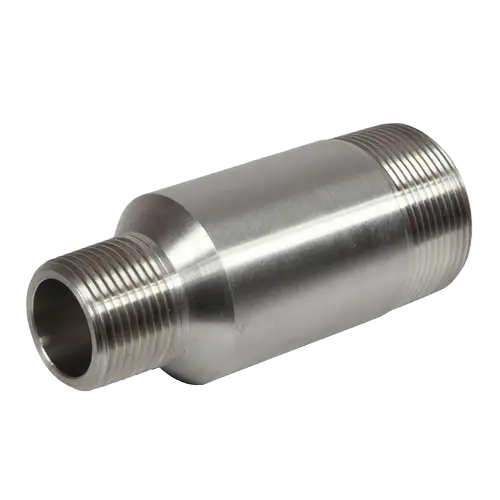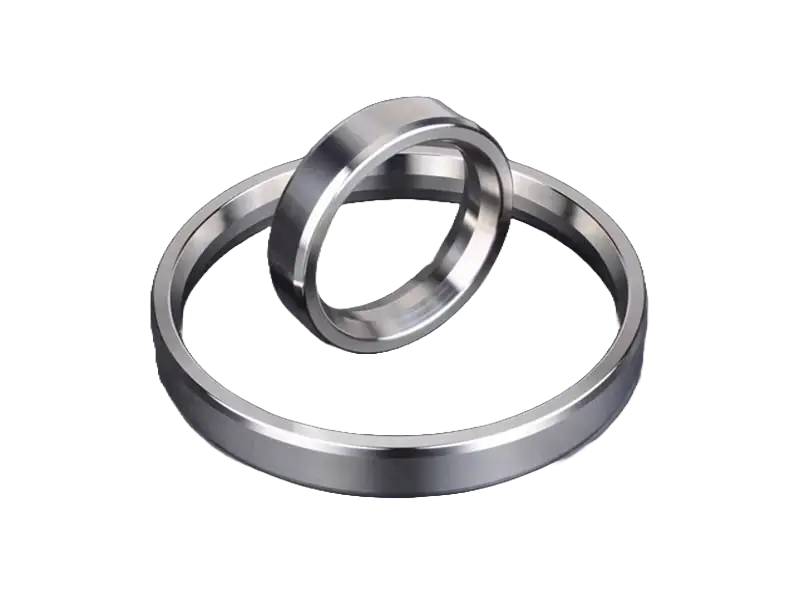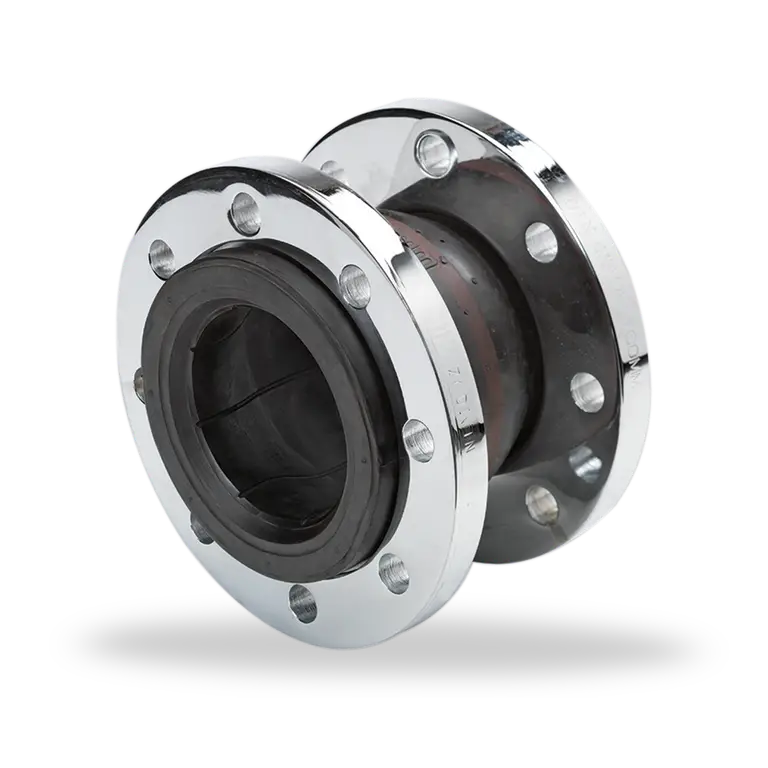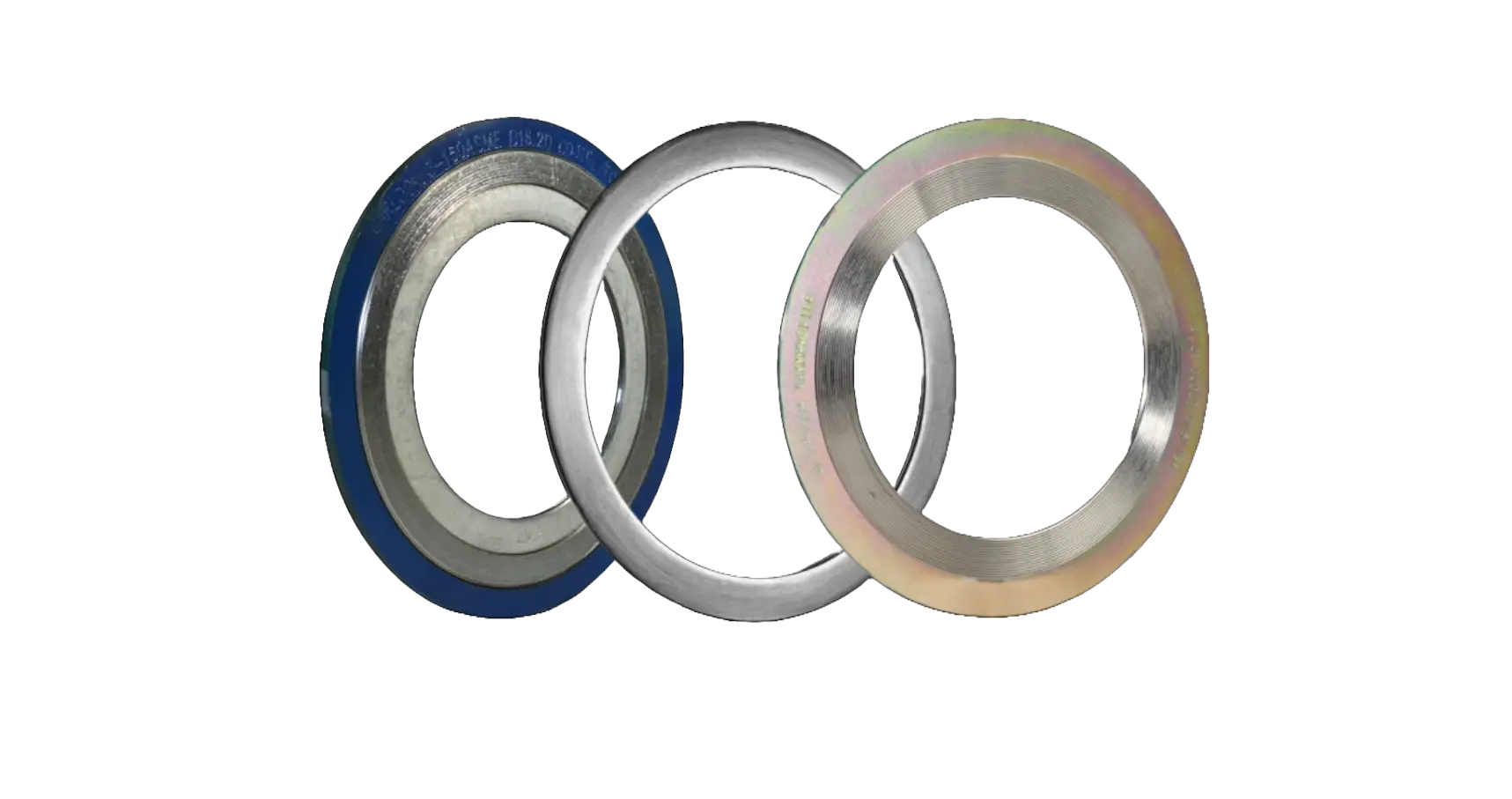
How Structural Steel Helped The Majestic Architectures Around The World - Part 1
Architectures and Architects have done wonders in the World, and there are many such structures which provide evidence of the same.
Many of their creations are marvellous and ignite curiosity about themselves.
So, with that said, let us explain to you some famous buildings that have been built using the marvel of Structural steel.
- Empire State Building
The empire state building stands at a height of 443.2 meters till the antenna. Being completed in 1931 and located in Midtown, Manhattan, New York, it was a 102-storey Art-Deco skyscraper and the tallest building until 1970.
It was planned and architecture by William Lamb of the Architectural firm Shreve, Lamb and Harmon associates. The building, whilst constructed, utilized 57000 tons of steel and its façade is built of limestone and granite. And it took just a year and a half for completion.
With 2 observation decks, which are on the 86th floor and the 102nd floor, which give fantastic views of the city, it has been a famous tourist attraction. Today the building also comprises numerous offices and retail spaces.
How is structural steel used in this project:
The Frame of the building, which was the essential component for the support of the building and its users, was prepared with steel columns and beams. There are many such other components, and let's shed some light on them along with columns and beams:
- Steel Columns: The backbone, the columns were entirely made from large steel plates which were welded together to form a durable, rigid structure.
- The steel beams: After the vertical done by the steel columns, the horizontal part was taken care of by the steel beams, which were connected to the columns, helping to distribute the weight of the building's different floorings and walls. And to maximize the strength and rigidity, the beams were structured in 'I' and 'H' shape.
- Steel Trusses: They were additional support for the building's Frame. The trusses were with a pre-plan manufactured off-site and then put together on-site, which made the construction process efficient.
- The Hoist-way: Elevator shafts were built using steel frames that improved the elevators' service and could handle heavy loads. Further, these frames were covered with concrete for additional protection from fire.
- Steel Bracing: This process was done to back the building's Frame towards the forces of winds and elastic waves. They were installed diagonally between the columns and beams, forming a triangular structure that gave maximum stability.
In the end, structural steel played a critical role in constructing this giant skyscraper in America, which has enhanced strength, flexibility and resilience and today stands as an excellent example of American Architecture.
But for energy efficiency and intending to reduce its carbon footprint, it underwent a significant renovation in the early 2010s. The team of experts in architecture, energy efficiency, and engineering led this. It was the first renovation of this level to achieve LEED gold certification from the U.S. Green Building Council.
Why?
Cause it was a great success, with a 38% reduction in energy consumption and a 33 % reduction in greenhouse gases.
But apart from that, the building is enjoying a positive outlook. It has been featured in many films and tv shows like King kong.
- The Eiffel tower:
Paris, the city of love, is where the Eiffel tower resides today.
Its Story began when it was designed by Gustave Eiffel in 1889 for the fascinating Exposition Universelle, A huge World's fair which was the 100th anniversary of the French Revolution.
The tower measured a height of 324m and stood tall of all manufactured structures until the completion of the Chrysler Building in New York in 1930.
The Specifics of the tower include the following. It is entirely made of wrought iron, which is structural steel and heavily resistant to corrosion. Its designs reside on a complex lattice of interconnecting trusses, which are a source of high strength and stability for the tower. It also reduces the amount of material used for construction.
The tower is parted into 4 levels, and each has a different view to offer of the city.
Level 1 is located 57 m above ground and has a glass floor, allowing the users to look down.
Level 2 is located 115 m above, and we can see the panoramic views of the city.
Level 3 Is at 276 m and has a small observation deck.
And the Top, which stairs can only access, is 324m and give your eyes a mesmerising look of Paris.
Eiffel tower today is an engineering masterpiece, being an iconic marvel to the World. It stands firm against the strong winds expected in the region, and it has successfully survived the storms over the years. Its success inspired other significant buildings like the Chrysler and empire state building.
But how has structural steel been a part of its construction? Let's have a look:
Let us highlight here that the Eiffel tower wasn't made from structural steel but wrought iron, which shares many properties with structural steel as they are different alloys. With that mentioned, let's see the features built with this component in the gorgeous tower.
The Trusses interconnection:
There is a complex lattice structure of interconnecting trusses whose resemblance has given a strong and stable system to the tower made from the wrought-iron bars, resulting in a rigid and durable design.
Diagonal Bracing:
Each building needs this bracing to stand firm against the winds and similar forces of nature.
Here the wrought-Iron bars were installed diagonally into the tower's legs, forming a triangle's network, providing the max stability and rigidity essential.
Staircase:
The very famous staircase of the tower had been pre-planned with the idea that it will be having many feet on it together, which would need the plates to be bolted together to form a heavy-duty structure, hence with wrought iron today, the construction stands firm, as a spiral staircase takes to the tower centre.
Abstract elements:
Wrought iron was a part of constructing the ornate arches and the filigree patterns. They add to the beauty of this enormous, beautiful structure, making it more impressive as architecture.
With Million visiting each year, it has been a symbol of French culture and strong evidence of the power and charm of Wrought-Iron.
Soon, we will be composing a detailed account of various such structural steel constructions, which are impressive and admirable.
Related Articles
Brass Vs. Aluminium Camlocks: Choosing The Right Material For Your Application
Read MoreExploring the expansion of steel production in GCC and other emerging nations
Read MoreHow Structural Steel Helped The Majestic Architectures Around The World - Part 3
Read MoreHow Structural Steel Helped The Majestic Architectures Around The World - Part 2
Read MoreAllowable & Galvanized Iron Pipe Fittings – Trusted Name For All The Pipe Fitting Needs
Read More


































































































































































